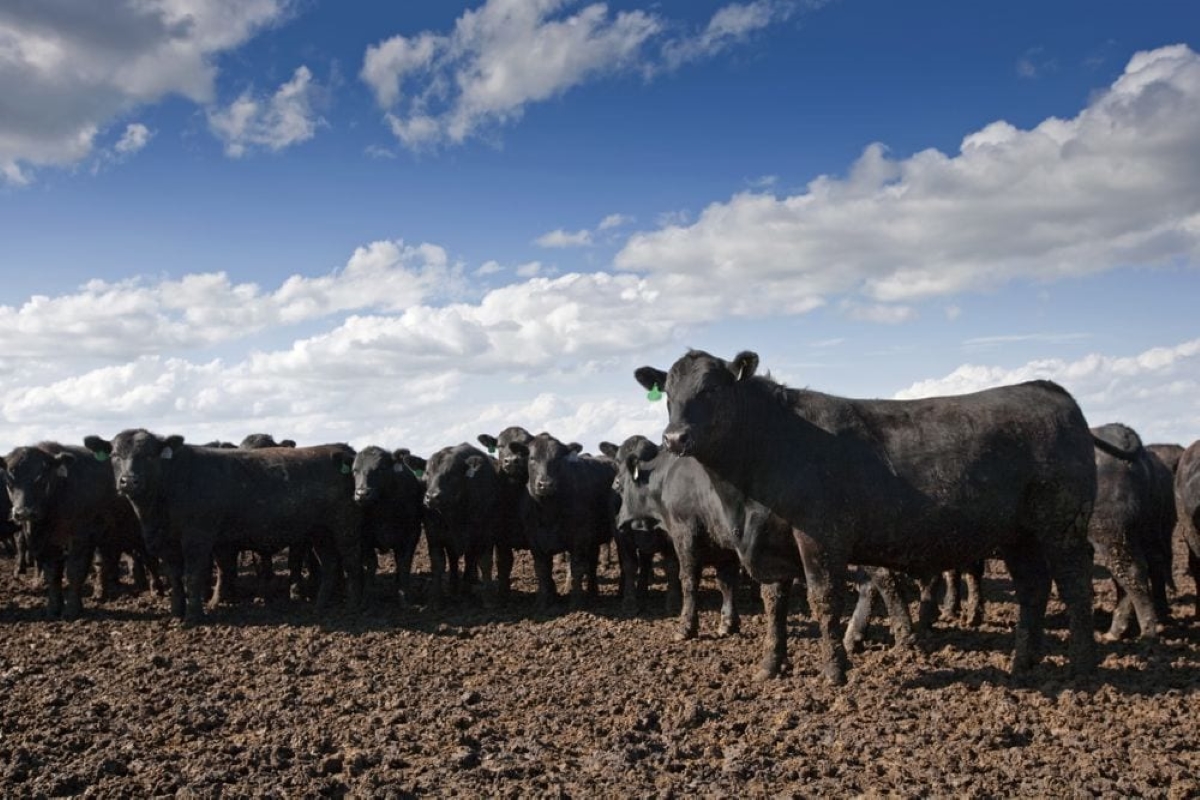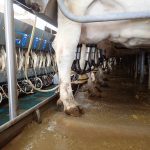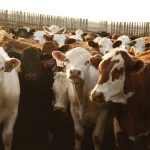Chicago | Reuters — U.S. lean hog futures climbed as much as 2.3 per cent on Monday in a bull-spreading rally amid rising cash hog prices and strong demand from pork packers, traders and analysts said.
Cattle futures also were mostly higher at the Chicago Mercantile Exchange, boosted by chart-based buying and positioning ahead of a U.S. Department of Agriculture cattle report due on Friday.
Front-month July lean hogs notched the biggest gains, settling up two cents at 83.725 cents/lb. (all figures US$). The contract reached the highest levels since Feb. 26 while hogs on a continuous chart were the highest since Aug. 11.
Read Also

U.S. livestock: Cattle futures fall on expectations of US agriculture secretary announcement
Chicago | Reuters – Chicago Mercantile Exchange cattle futures fell on investor expectations that U.S. Agriculture Secretary Brooke Rollins might…
Most-active August hogs were up 1.175 cents to 79.425 cents/lb.
Hog prices generally rise in the summer as high temperatures slow the rate of weight gain in the animals, effectively reducing supplies. The CME Group’s index of the cash hog market is also the highest since August.
“Everyone is looking at the cash (hogs). All you have to do is look at the Iowa and Minnesota to see how fast it’s been gaining,” Steiner Consulting analyst Altin Kalo said of the top U.S. cash hog market.
USDA did not report any prices for midday trades in the Iowa cash hog market.
USDA on Friday is due to release a monthly Cattle on Feed report that will show how many steers and heifers moved, or were placed, into feedlots for fattening last month. The data could show placements on feed declined in May.
Expectations for a drop in placements, coupled with declining prices for corn, helped lift feeder cattle futures. Lower prices for corn, the most popular cattle fed, can reduce costs for ranchers, prompting them to buy more animals.
Lingering worries about trade spats with U.S. trade partners including China and Mexico also continued to cloud both livestock and meat markets, the analysts said.
CME August feeder cattle finished up one cent to 148.975 cents/lb., highest since May 31.
More actively traded CME August live cattle were up 0.4 cent to 105.175 cents/lb.
— Michael Hirtzer reports on commodity markets for Reuters from Chicago.















